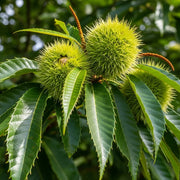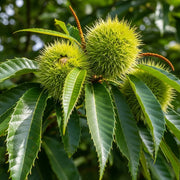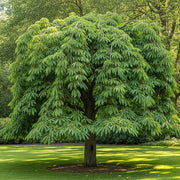Cultivate your own delightful harvest with our comprehensive collection of nut trees. Imagine fresh, homegrown nuts for baking, snacking, or gifting, straight from your garden. From the stately English walnut to the productive cobnut, our carefully selected varieties promise robust...
Cultivate your own delightful harvest with our comprehensive collection of nut trees. Imagine fresh, homegrown nuts for baking, snacking, or gifting, straight from your garden. From the stately English walnut to the productive cobnut, our carefully selected varieties promise robust growth and superb autumn yields. Explore our range and find the perfect nut tree to enrich your outdoor space.











